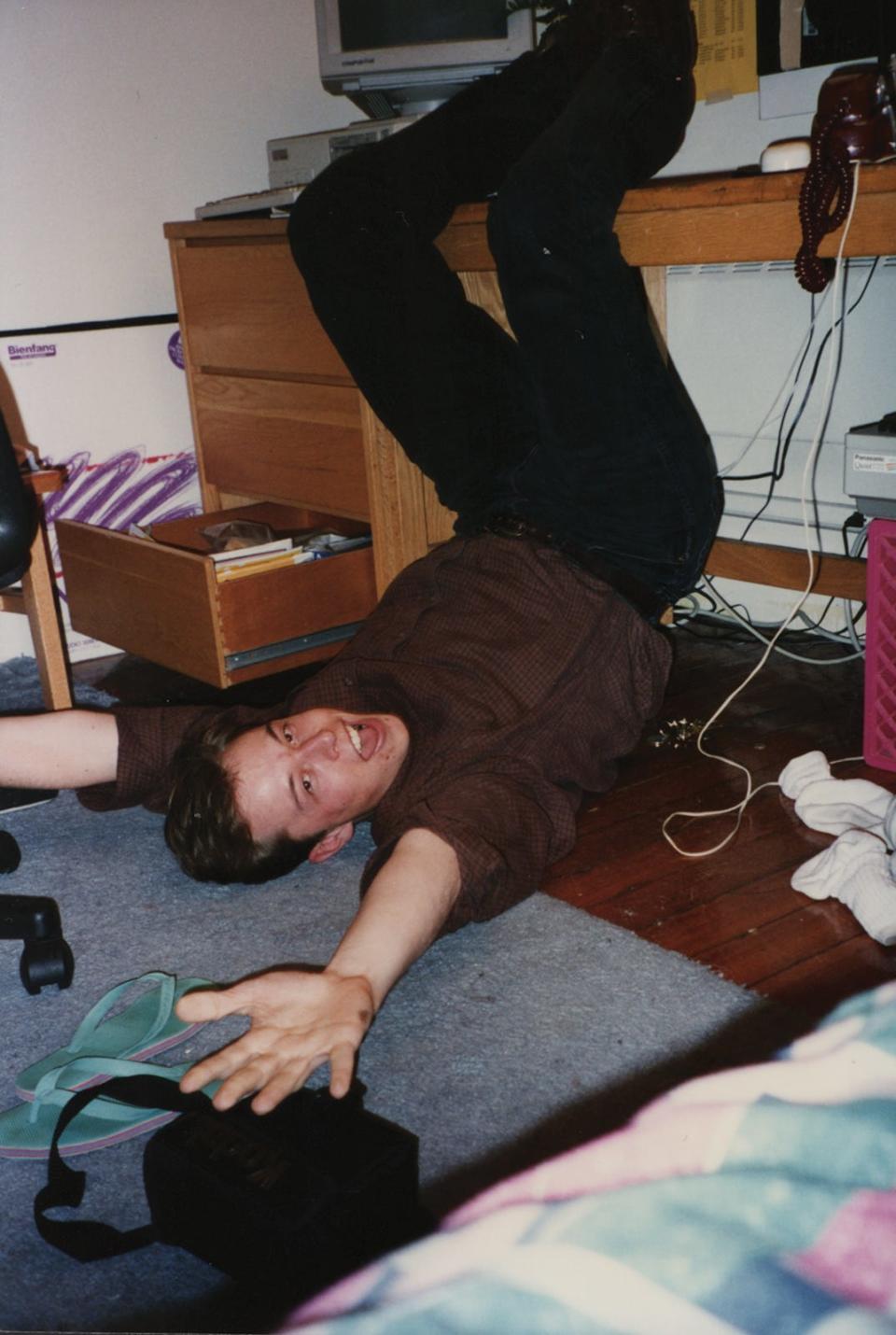Is it possible for a four-year-old to create such a stir in the political arena? A young child's innocent words can often be misconstrued, especially when they occur in high-profile settings like the Oval Office. On February 11, Elon Musk, the tech billionaire and CEO of Tesla and SpaceX, brought his son X Æ A-Xii to a press conference at the White House. The event was meant to discuss potential bureaucratic shake-ups within the federal government. However, what started as a routine meeting quickly turned into a viral sensation due to an unexpected moment involving Musk’s young son.
Elon Musk is no stranger to controversy or media attention. Known for his ambitious projects and outspoken nature, Musk has always managed to keep himself in the spotlight. During this particular visit to the White House, he was accompanied by his then-four-year-old son, X Æ A-Xii. As cameras rolled, capturing every moment of the interaction between Musk, President Donald Trump, and other attendees, something unusual happened. Social media users claimed that young X had told President Trump to go away or even declared, You're not the president. These claims spread rapidly across platforms, sparking debates about whether the incident was real or simply a misinterpretation of events.
| Personal Information | Details |
|---|---|
| Name | X Æ A-Xii Musk |
| Date of Birth | May 4, 2020 |
| Parents | Elon Musk & Grimes |
| Residence | Texas, USA |
| Career | Not Applicable (Child) |
| Professional Information | Son of one of the world's most influential entrepreneurs |
| Reference Website | Tesla Official Website |
The footage from the press conference shows Musk standing beside President Trump while his son interacts with those around him. While some interpreted X’s actions as directed toward Trump, others pointed out that the context might have been entirely different. For instance, it was noted that the child appeared to be speaking with a photographer nearby rather than addressing the president directly. This discrepancy highlights how easily information can be misrepresented online, particularly when snippets of video are taken out of context.
Musk himself did not comment extensively on the matter, allowing speculation to grow unchecked. The incident became a focal point for discussions about truth versus fiction in the digital age. In an era where misinformation spreads faster than ever, incidents like these underscore the importance of verifying sources before drawing conclusions. Many social media users acknowledged the humorous aspect of the situation, creating memes and satirical posts based on the alleged exchange.
Meanwhile, Musk continued to focus on his numerous ventures, including Tesla’s expansion plans and SpaceX’s missions to Mars. His decision to bring his son along to such a high-profile event demonstrated his willingness to blend personal life with professional commitments. It also provided a glimpse into the unconventional lifestyle of one of the world’s leading innovators.
In Washington, D.C., the conversation surrounding Musk’s visit extended beyond the alleged comments made by his son. The primary purpose of the meeting—to explore ways to streamline government operations—remained significant despite the distractions caused by the viral moment. Musk emphasized the need for efficiency improvements within federal agencies, aligning with broader goals to reduce waste and enhance productivity.
As the story unfolded, journalists and analysts weighed in on its implications. Some viewed it as a reflection of modern politics, where trivial moments can overshadow substantive discussions. Others saw it as a reminder of the challenges faced by public figures who must navigate both their professional responsibilities and family lives under intense scrutiny.
Ultimately, the episode served as a case study in how public perception can shape narratives, sometimes overshadowing reality. Whether X truly said anything noteworthy during the press conference remains uncertain. What is clear, however, is that the incident illustrated the power of social media to amplify voices—and distort facts—in today’s interconnected world.
For Musk, the experience likely reinforced his already well-established reputation as someone unafraid to challenge norms and embrace unpredictability. As he moves forward with his groundbreaking initiatives, the memory of that day in the Oval Office will undoubtedly remain etched in public consciousness—not just because of the policies discussed but also due to the antics of a curious four-year-old boy.
While the authenticity of the reported statements may never be confirmed, the incident raises important questions about accountability in journalism and the role of technology in shaping public discourse. In a time when information flows freely yet verification lags behind, incidents like these serve as reminders of the critical need for critical thinking and responsible reporting.



